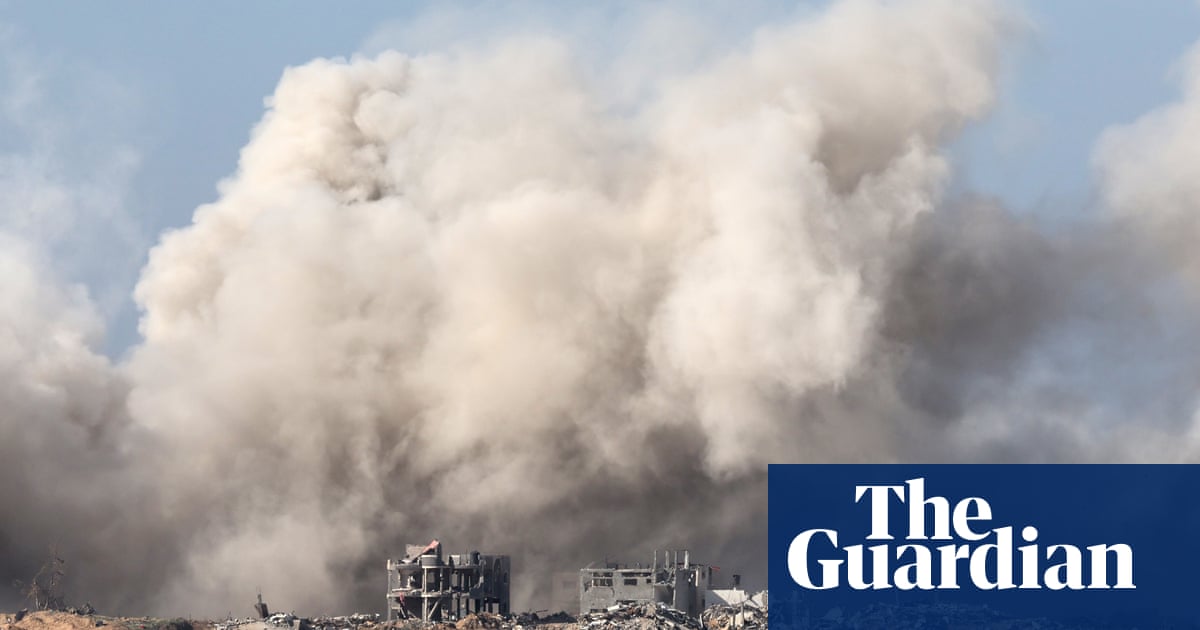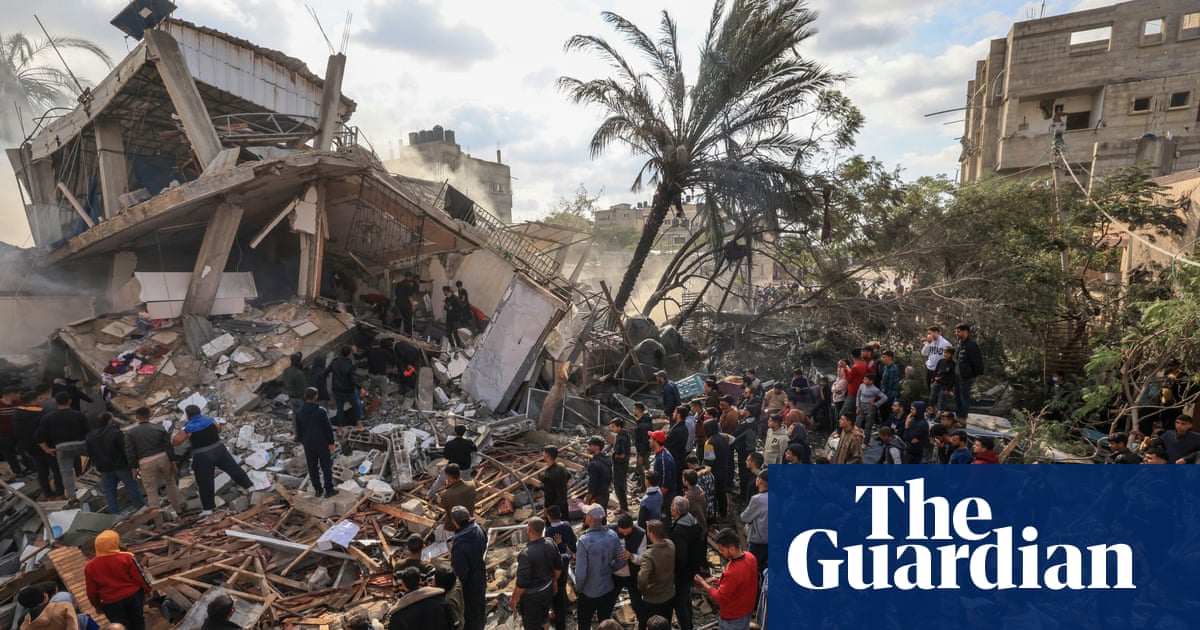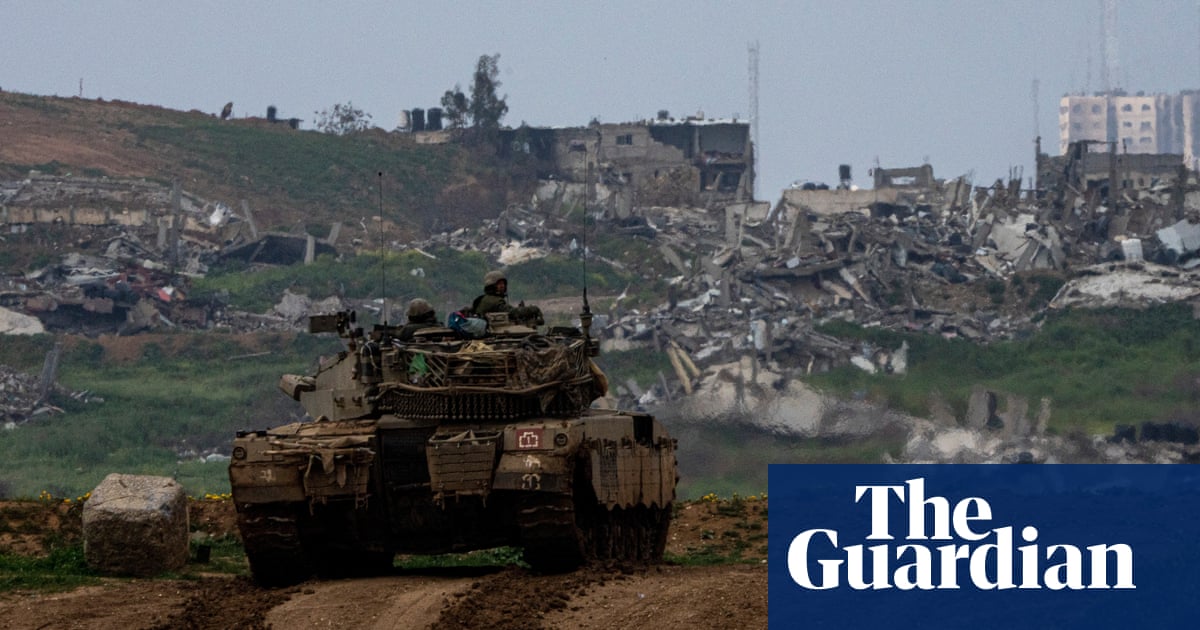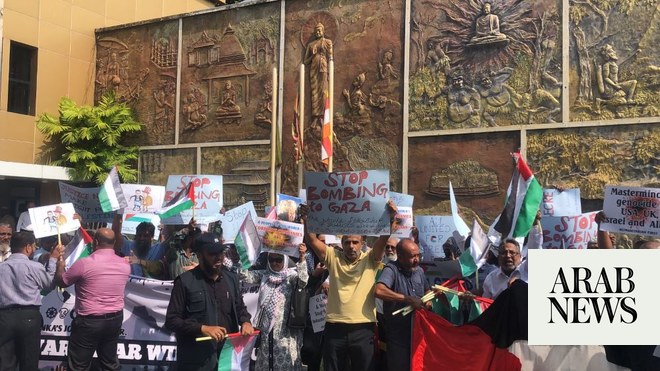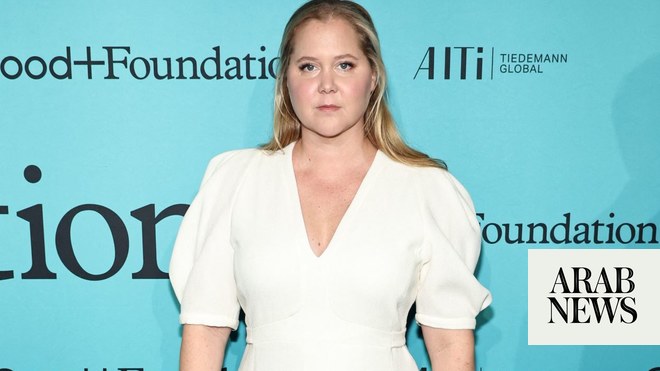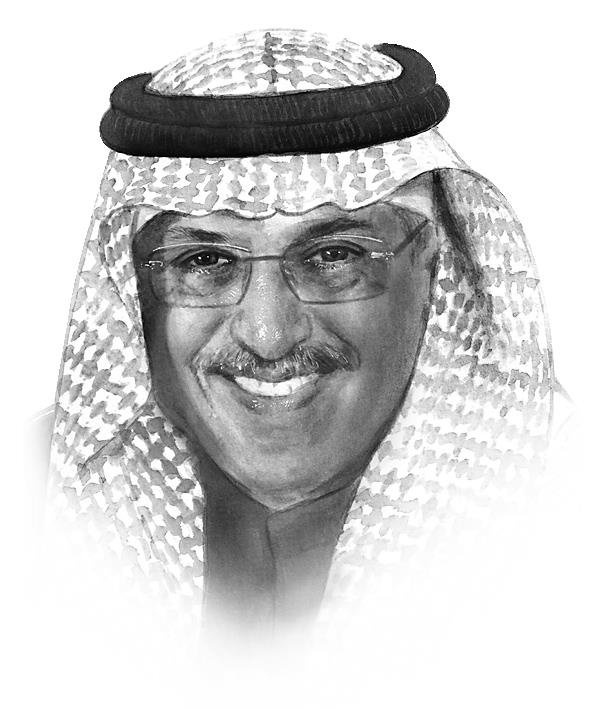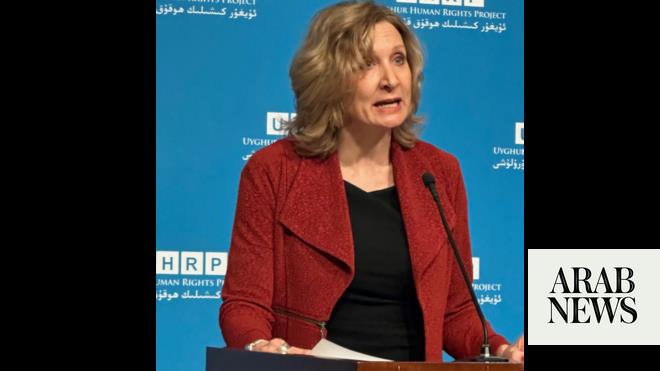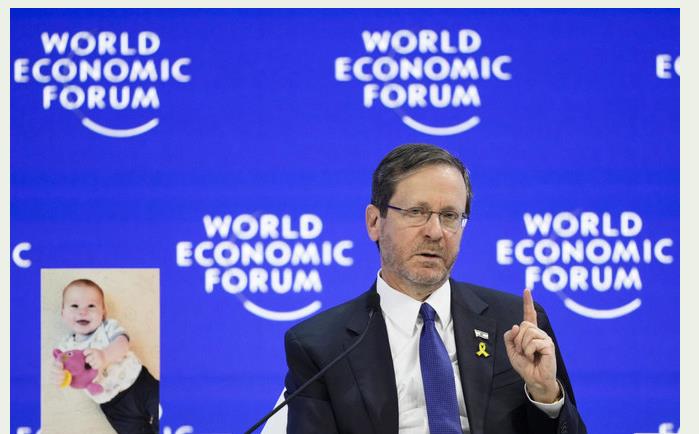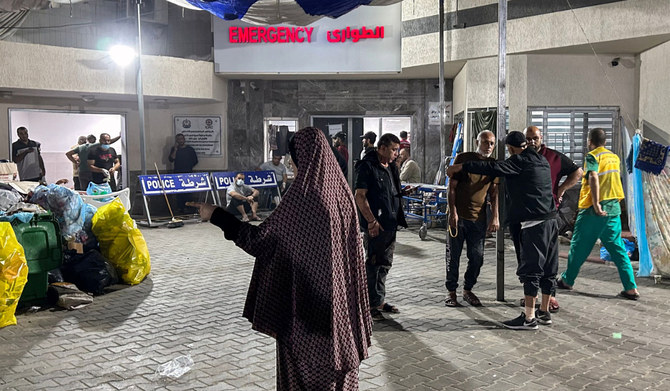
Prominent war journalist Kareem Shaheen noted in a post on X last month: “I thought I was desensitized to violent images after covering Syria. I guess I was not.” It has been more than a month since Israel’s war on Gaza began. The violent images and videos circulating online are more widespread and intense than anything we have witnessed in any previous conflict, even those in Syria and Ukraine.
While the Gaza Strip has been under intense Israeli bombardment, the journalists covering these events are also bearing the brunt of the war. Israel’s assault on Gaza has taken a heavy toll on journalists. At the time of writing, the Committee to Protect Journalists indicated that at least 39 journalists and media workers were among the estimated 11,000 people killed since the war began on Oct. 7. According to this organization, the first few weeks of the war were the deadliest period for journalists covering the conflict since 1992, when it began tracking such data.
In the Syrian war, the Middle East saw the highest number of journalists killed, averaging about 63 per year, while the Iraq war averaged about six annually and the Yemen conflict five. The number of journalists killed in Gaza has already surpassed that of the Ukraine-Russia war, which began in February 2022.
Journalists covering the conflict from Gaza City are working under especially perilous conditions amid the Israeli airstrikes and a ground invasion, while also facing the possibility of their family members being killed. In one instance, Al Jazeera’s Gaza bureau chief Wael Dahdouh was broadcasting live images of the besieged territory when he received news that his wife, son, daughter, grandson and at least eight other relatives had been killed in an Israeli airstrike. Moments later, live footage showed Dahdouh entering Al-Aqsa Hospital to find his son’s body in the hospital’s morgue. Among the latest to be killed was Palestinian journalist Mohammed Abu Hasira, along with 42 family members, near Gaza City. These tragedies are just some of the many examples of the unprecedented toll that Israel’s raids on Gaza have taken on journalists.
Journalists covering the conflict from Gaza City are working under especially perilous conditions
Despite all the harrowing circumstances, it is worth noting that the UN Security Council passed a historic resolution in 2006 that called for an end to impunity in the killing of journalists. In 2012, all of the major UN agencies agreed on a comprehensive Plan of Action on the Safety of Journalists. The Geneva Conventions also offer special protections to journalists and media staff. However, such resolutions and conventions mean little, if anything, to countries engaged in inhumane warfare against civilians. While Israel conducts its deadly attacks on Gaza, it has warned international media outlets like Reuters and Agence France-Presse that it cannot guarantee the safety of their journalists operating there. By doing so, Israel is effectively preventing journalists from covering the war from inside the Gaza Strip.
It is also important to acknowledge that disinformation and propaganda are also weapons of war and they have been effectively employed by the Israeli side during the ongoing conflict. Since the Gulf War, there has been a rapid shift in the center of gravity from the power of weapons to the power of information. As George Orwell wrote in 1946, “the great enemy of clear language is insincerity.” Unfortunately, this war has shown that many Western journalists — either by personal choice or institutional pressure — opt for insincerity in their coverage of Israel’s war on Gaza.
Some in the Western media are repeating the disastrous mistakes they made in various other conflicts in this region. For example, CNN reporter Sara Sidner had to issue an apology last month after defending Israel’s claims that Hamas beheaded babies, acknowledging that the reports were not confirmed. In the social media era, everybody shares whatever they wish. There are even websites specializing in publishing and spreading fabricated news. One may not be able to prevent individuals from distorting the facts, but it is worrisome to see journalists, whose duty it is to inform the public with accurate information, spreading such news without even bothering to check its veracity.
Another significant issue with Western coverage of the ongoing war is the narrative it presents. In much of the Western media’s reporting on this war, there is little mention of the decades-long Israeli oppression and military occupation directed at the Palestinians or the Israeli settlements that have devastated the lives of Palestinians. It is as if the Oct. 7 attack happened out of the blue.
The words used by journalists are deliberate, with many using them to shape a specific narrative
So, while bombs continue to rain down on besieged Palestinians in Gaza, it is essential to highlight two points: the need to protect journalists who are risking their lives to report on the war and the problematic journalistic conduct of the Western media.
The words used by journalists are deliberate, with many using them to shape a specific narrative. However, journalists bear a great responsibility when covering the ongoing war. They need to have reliable knowledge of the historical and ideological contexts. Journalists may not be historians, but they are required to inform the public about what is happening. Their terminologies, narratives, images and videos are making history and shaping perceptions, which is why it is very important to be truthful and tell the whole story.
• Sinem Cengiz is a Turkish political analyst who specializes in Turkey’s relations with the Middle East.
X: @SinemCngz




